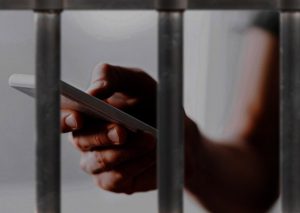Different GPS signal jammers work in different ways. The active jammer screamed and interrupted the radio bomb, and submerged the radio waves at the preselected frequency and the trigger signal. Reactive jammers “scan and block” by monitoring the electromagnetic spectrum, just like the ears of people in a crowded restaurant listening to the sound of “detonate, detonate, detonate” and then prevent the frequency of blocking it.
The US strategy is defined in six words: “regain contact”. By neutralizing the remote control bomb, the jammer will force the riot bomb maker to use more basic triggers, such as command waves. In theory, these triggers are easier to find and bring the trigger closer to the bomb, where the bomb may be captured or killed by the US military.

Prior to this test, the 2010 BOP conducted a limited demonstration of cell phone interference with NTIA in the same field of research on cell phone interception technology that supports the general requirements of NTIA in Cumberland.
As part of the test on January 17, NTIA conducted an independent evaluation of the Micro gps blocker technology to determine its effectiveness and potential interference in radio frequency communications. BOP and NTIA will review the data and analysis results of the BOP and NTIA tests and make recommendations for strategic planning and possible acquisitions.
Cell phones were seized from blocks 1, 2, 3, 4 and high-security block 1. A jammer was installed in the prison room two months ago. Last year, it was reported that 72 mobile phone cases were registered, and there have been 64 cases this year.
Governor Henry McMaster and South Carolina Department of Corrections Director Bryan Stirling reiterated their call to use mobile phones in prison to interfere with the deadly uprising, killing 7 prisoners .
As a supporter of cell phone jammers in South Carolina prisons, Sterling had previously stated that prisoners using mobile phones are no different from using weapons. McMaster also supports the use of mobile phones in prison.